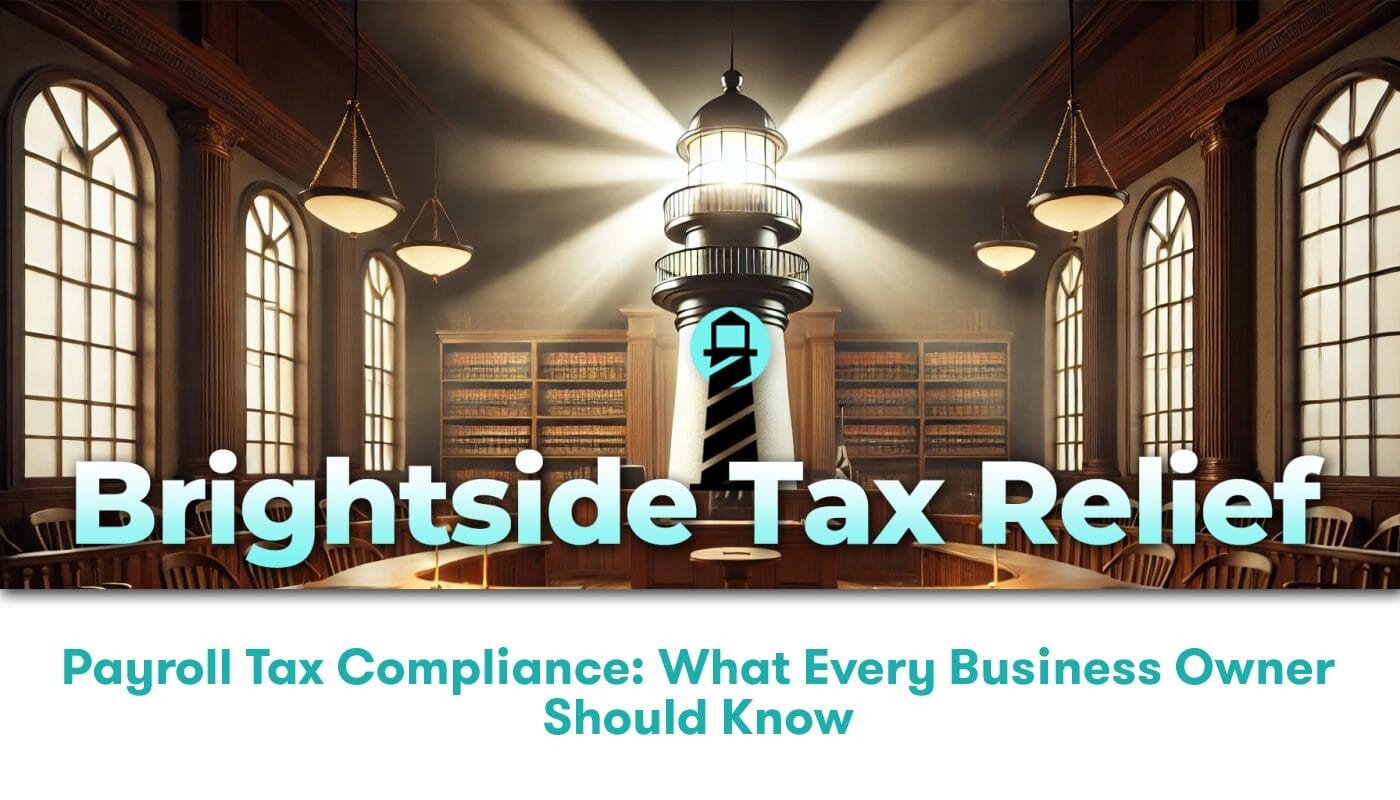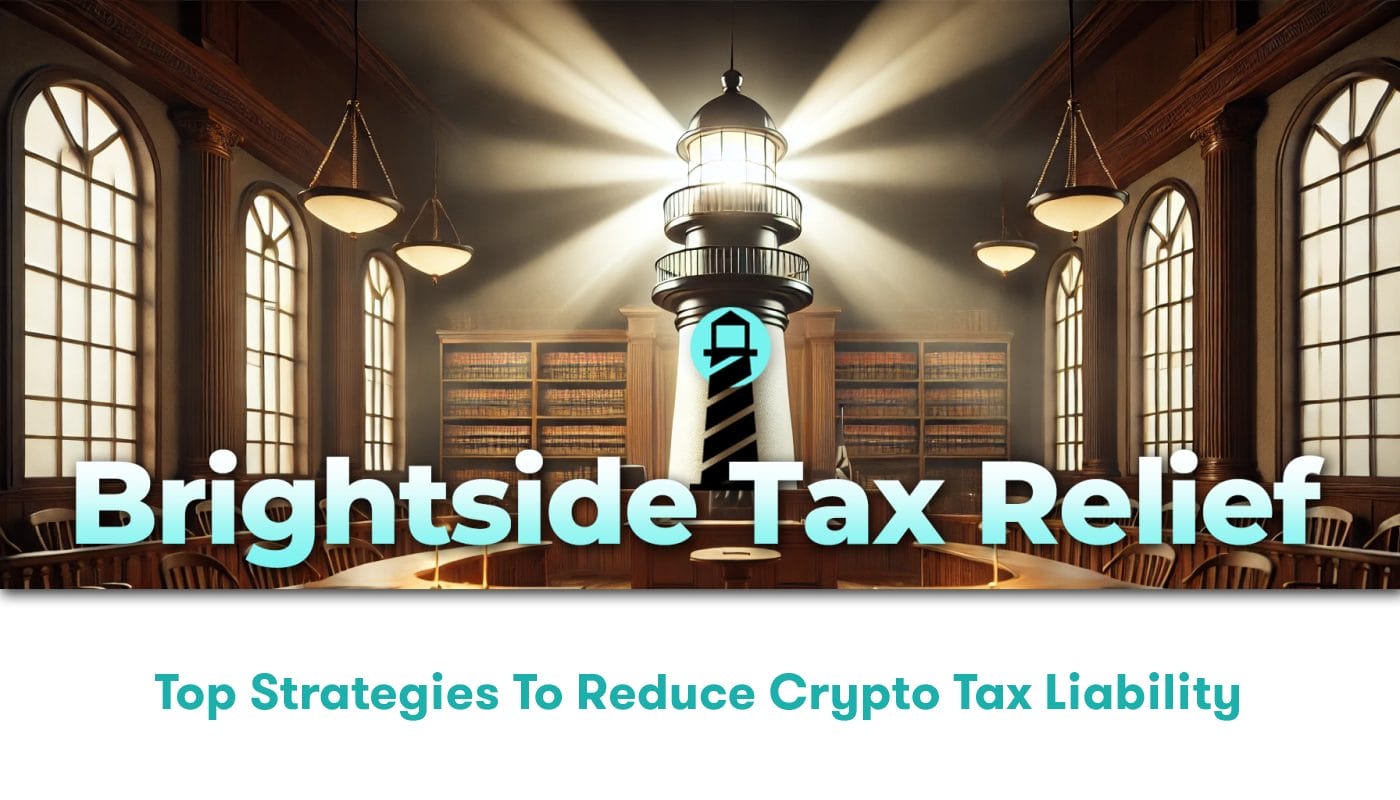Understanding Renewable Energy Tax Credits
The concept of Renewable Energy Tax Credits is not new. It was introduced on a federal level to incentivize individuals and business entities to invest in renewable energy sources as a part of their daily operations. These tax credits emerge from an understanding that our planet and its resources are under threat, and a need to minimize the use of fossil fuels is pressing. Using renewable energy sources represents the way forward as an environmentally-friendly path that businesses and homeowners across the nation are encouraged to adopt.
What are Renewable Energy Tax Credits
Renewable Energy Tax Credits are financial incentives that the government offers to individuals and businesses when they choose to use green energy sources. There are two primary tax incentives: The Investment Tax Credit (ITC) and the Production Tax Credit (PTC).
Investment Tax Credit (ITC)
The Investment Tax Credit allows individuals and companies who install renewable energy equipment and systems-as a part of their home or business-to reduce their tax bill. This is a dollar-for-dollar reduction in federal income tax for individuals or companies that invest in renewable energy property.
On the other hand, the Production Tax Credit is an annual tax credit available to businesses for producing electricity from specific renewable sources.
How to Qualify for Renewable Energy Tax Credits
To qualify for either the ITC or PTC, there are some requirements that individuals and businesses must meet. This typically includes the need for the renewable energy system to be new, and in case of the PTC, the electricity produced must be sold to an unrelated party.
Utilizing Renewable Energy Tax Credits: A Step-by-Step Guide
Navigating the world of tax incentives may seem challenging, but Brightside Tax Relief is here to make the process seamless and straightforward.
• Identify Your Eligibility: The first step is to ascertain your eligibility for Renewable Energy Tax Credits. Depending on whether you are an individual or a business entity, different rules might apply.
• Determine the Appropriate Tax Credit : Next, determine which tax credit mechanism–ITC or PTC–is more beneficial in your specific case.
• Calculate Your Tax Credit Amount: The amount of credit you are eligible for can be calculated based on parameters defined by the IRS.
• File for The Tax Credit: Once eligibility and credit amount are determined, the relevant tax forms must be filled out and submitted to claim the credit.
Maximizing the Value of Renewable Energy Tax Credits
At Brightside Tax Relief, we advise businesses and individuals on how to maximize the value of their Renewable Energy Tax Credits by maintaining a thorough understanding of the IRS regulations and keeping up with the changes in the industry and government policy.
The Future of Renewable Energy Tax Credits
Government policies might fluctuate, but the necessity for environmental consciousness is unwavering. Renewable Energy Tax Credits are likely to continue playing a significant role in promoting the adoption of green energy technologies, making them a crucial aspect for individuals and businesses to explore.
Conclusion: Ensuring an Environmentally-Friendly Future
Renewable Energy Tax Credits represent a dual opportunity. They give participants an economic incentive to invest in renewable energy sources while simultaneously promising lower carbon footprints and aiding in safeguarding our environment’s future. At Brightside Tax Relief, we’re enthusiastic about assisting our clients in navigating these opportunities. Check out this informative IRS guide on Renewable Energy Tax Credits for more information.






